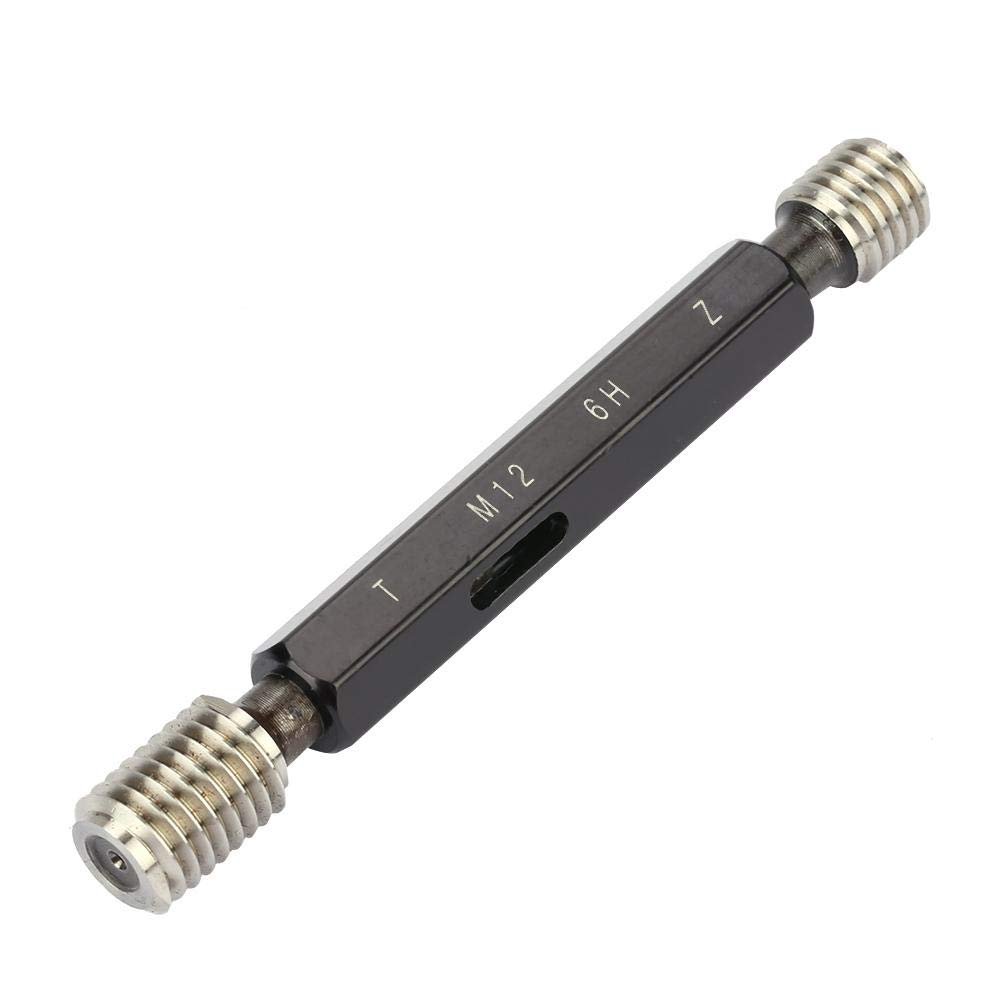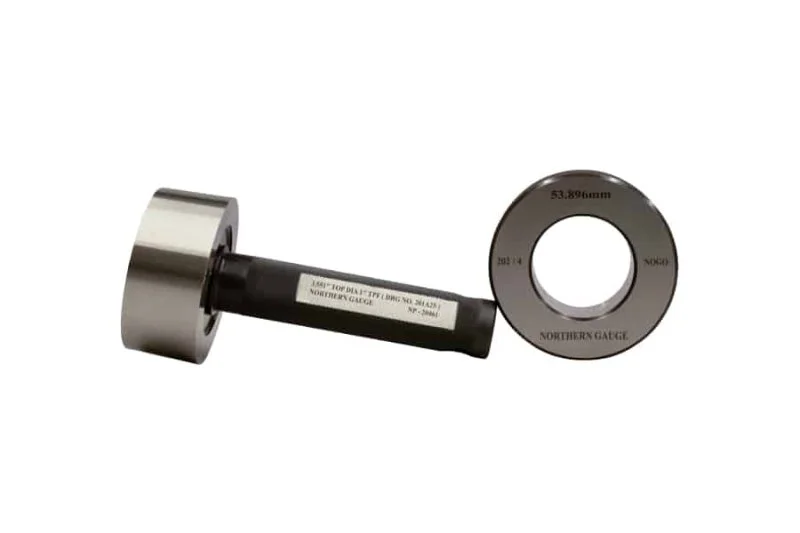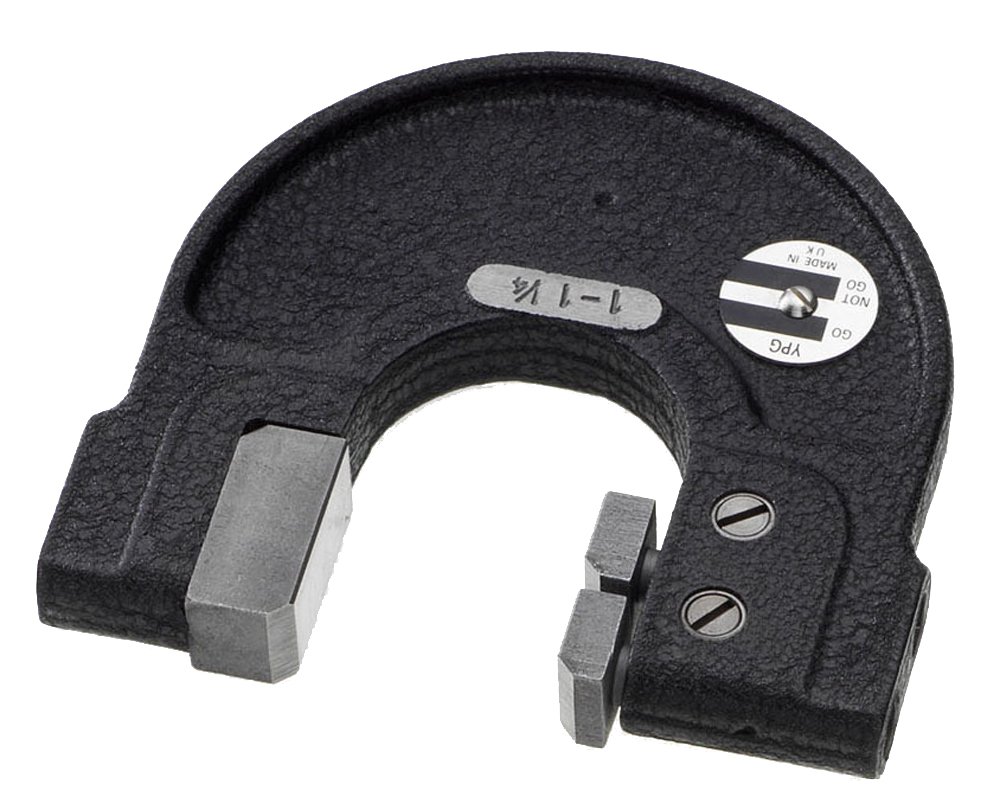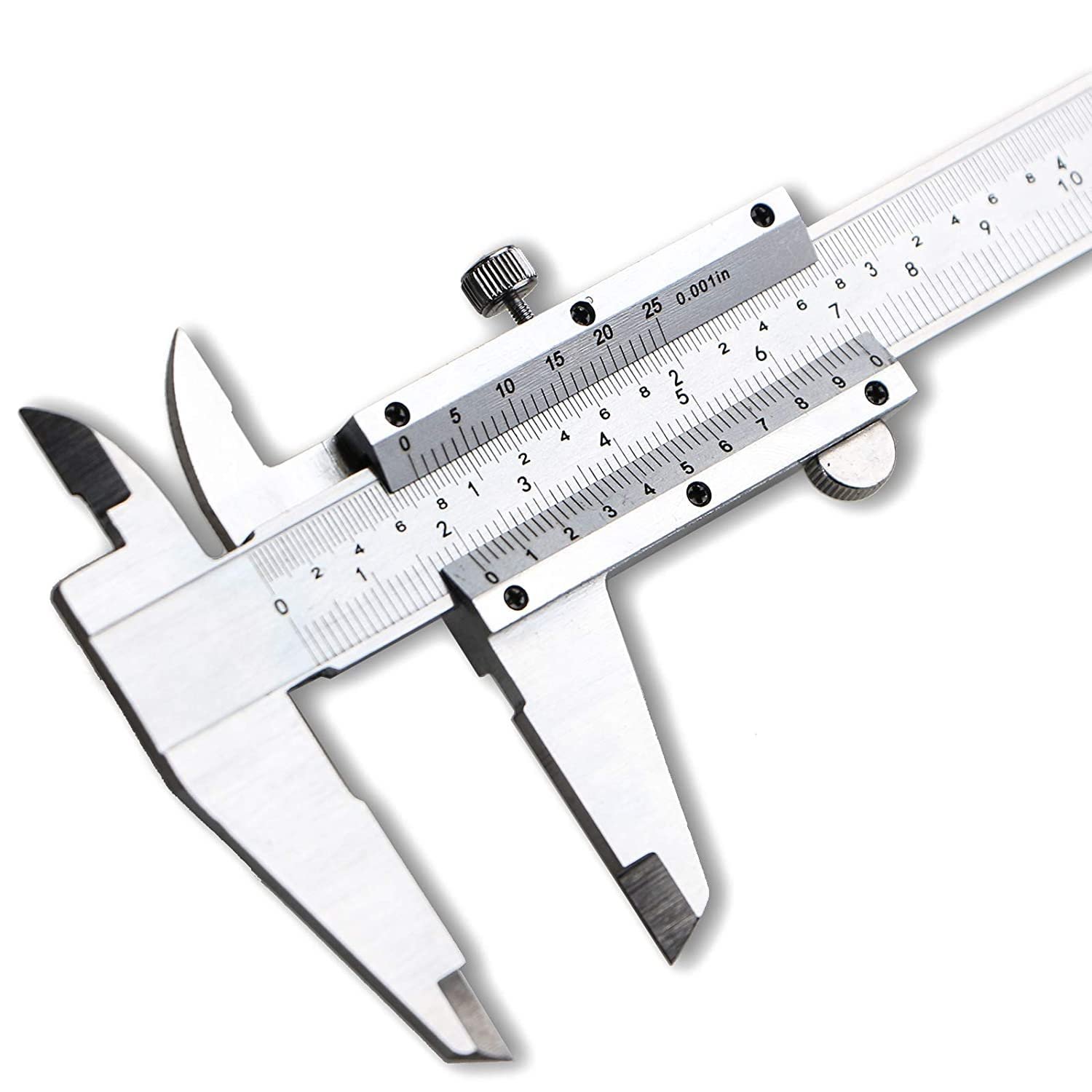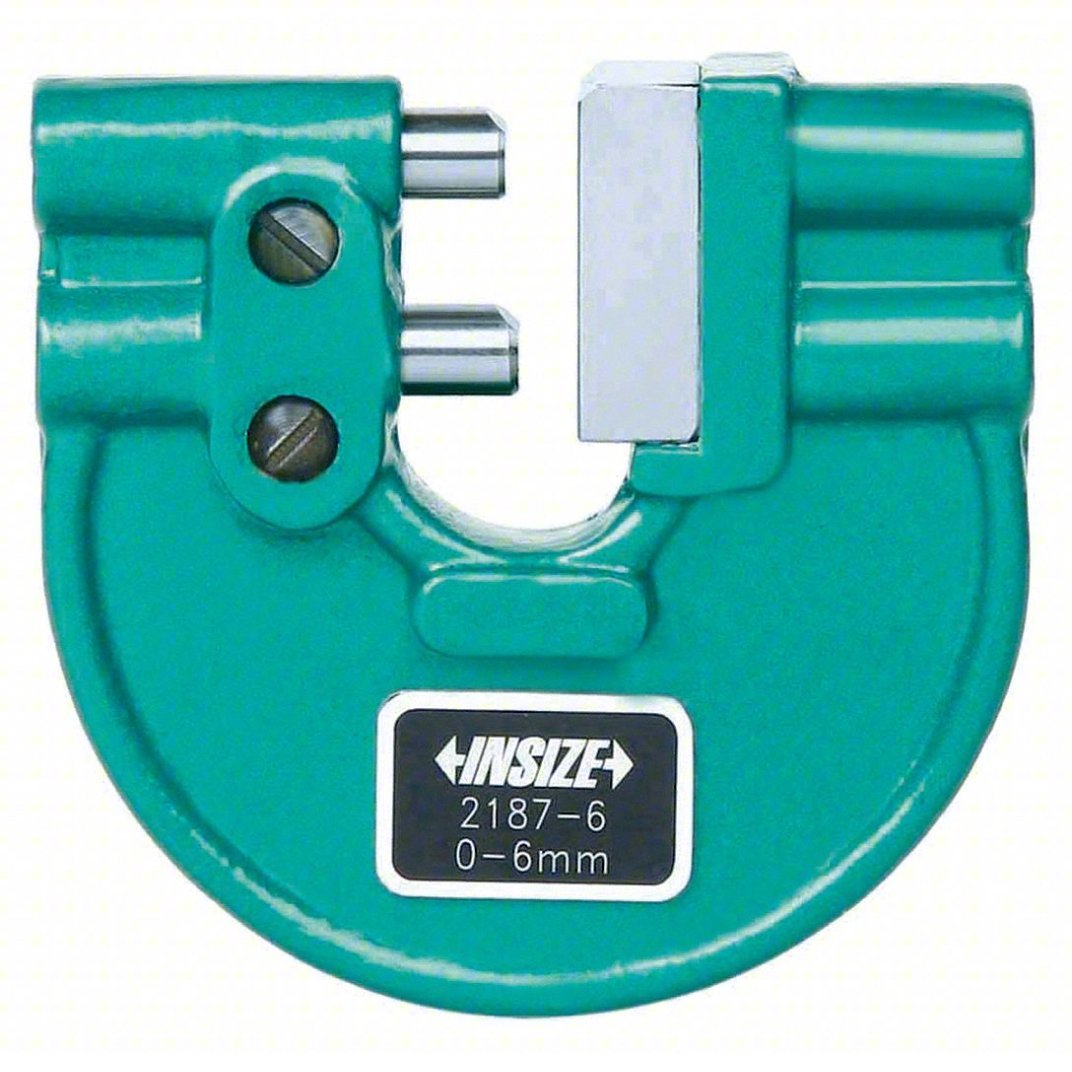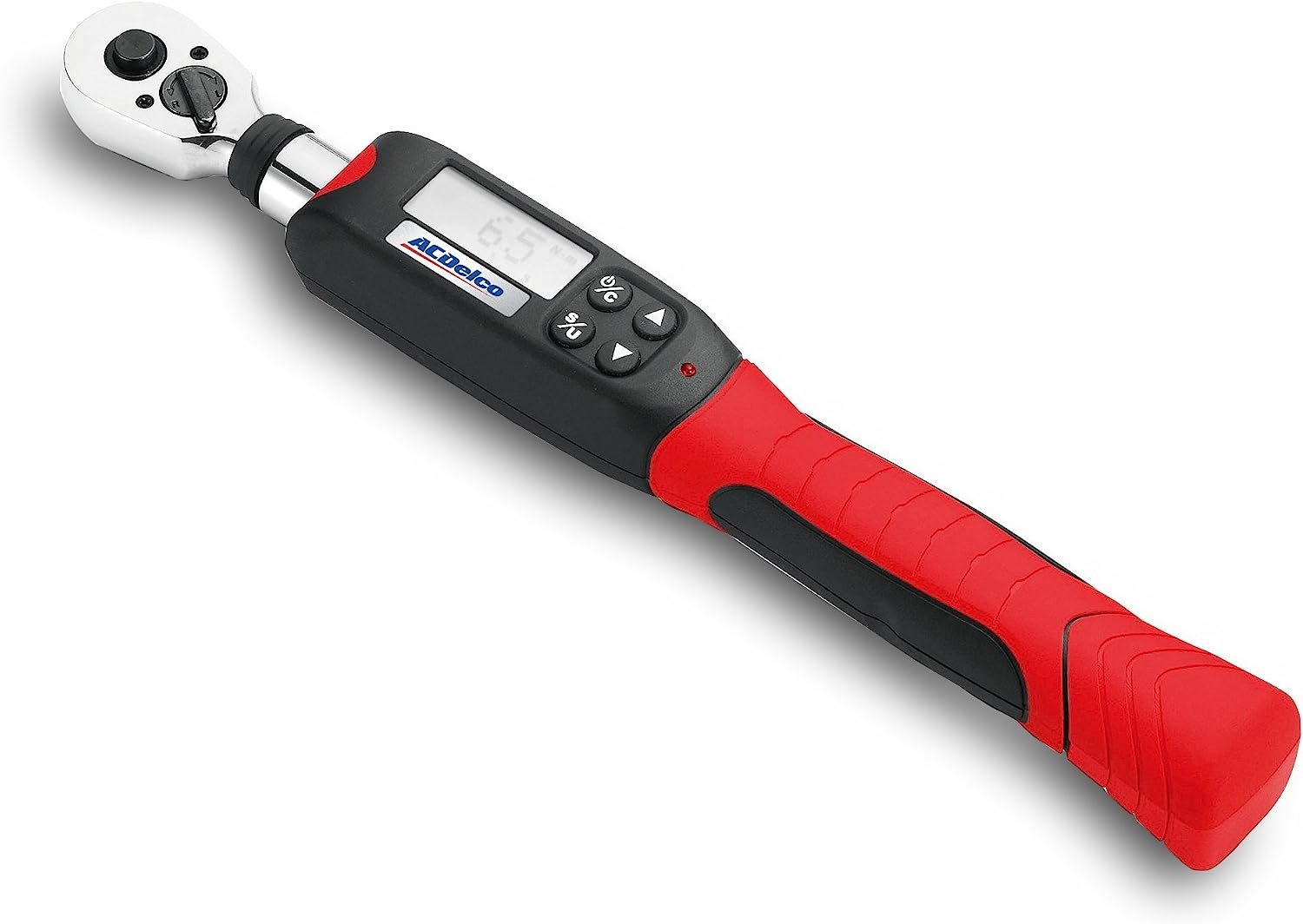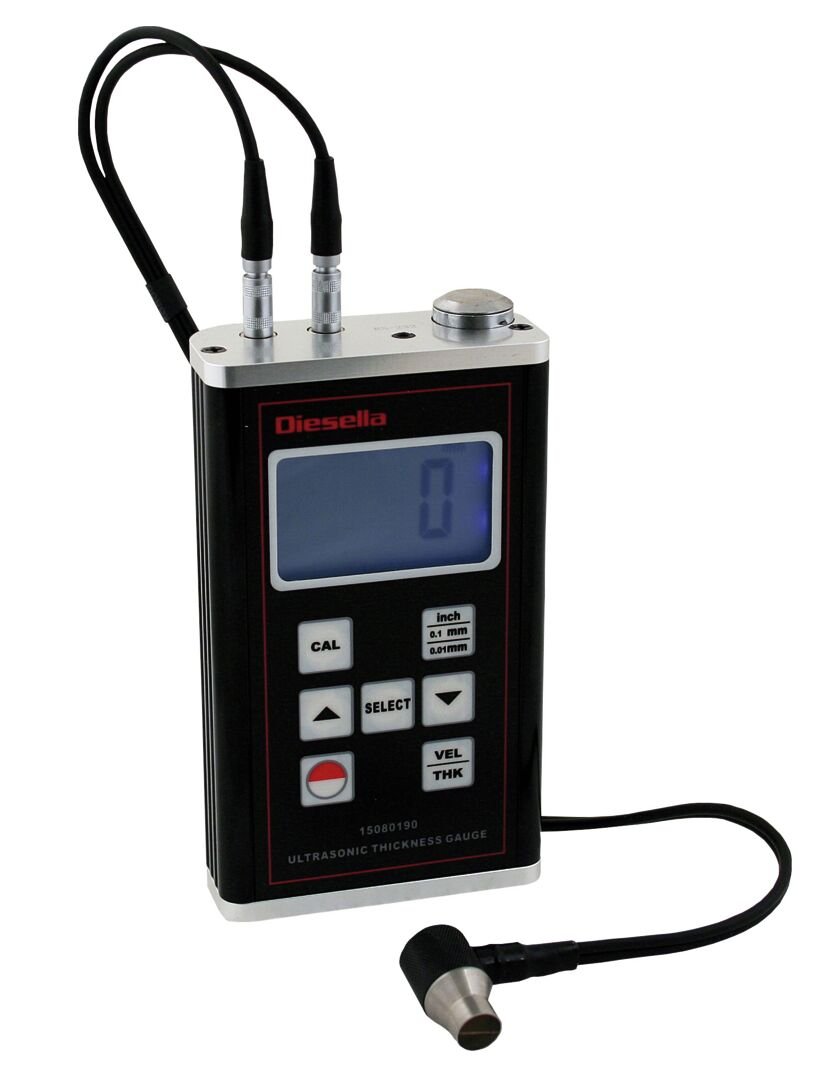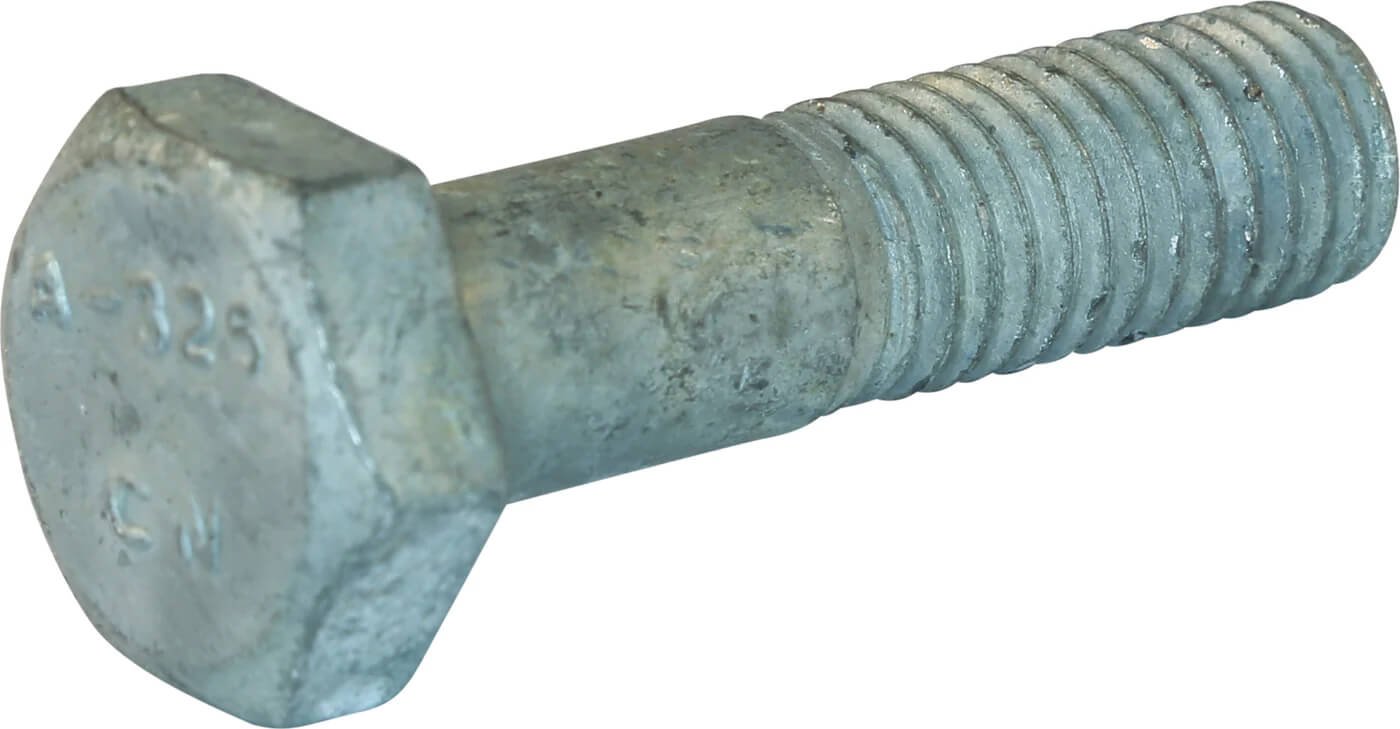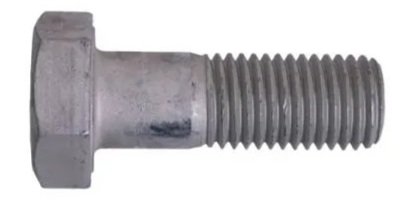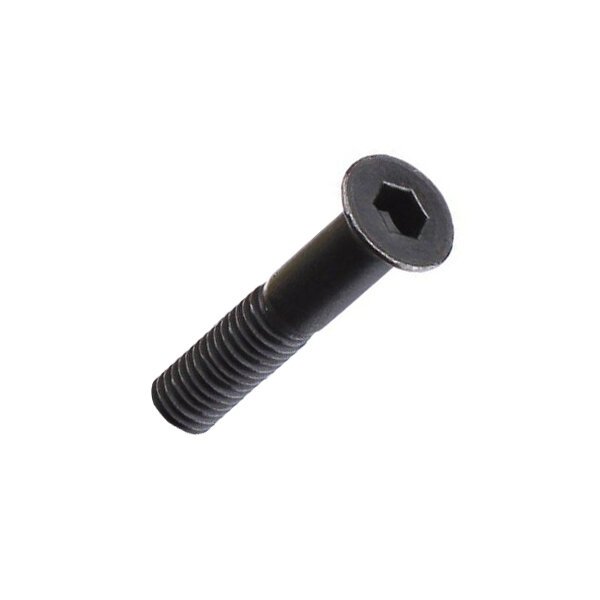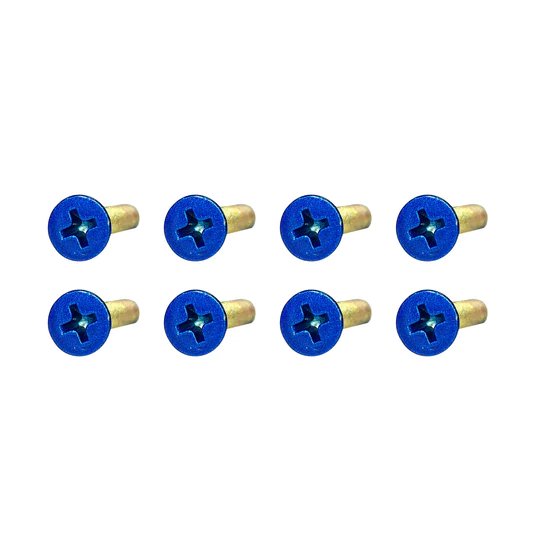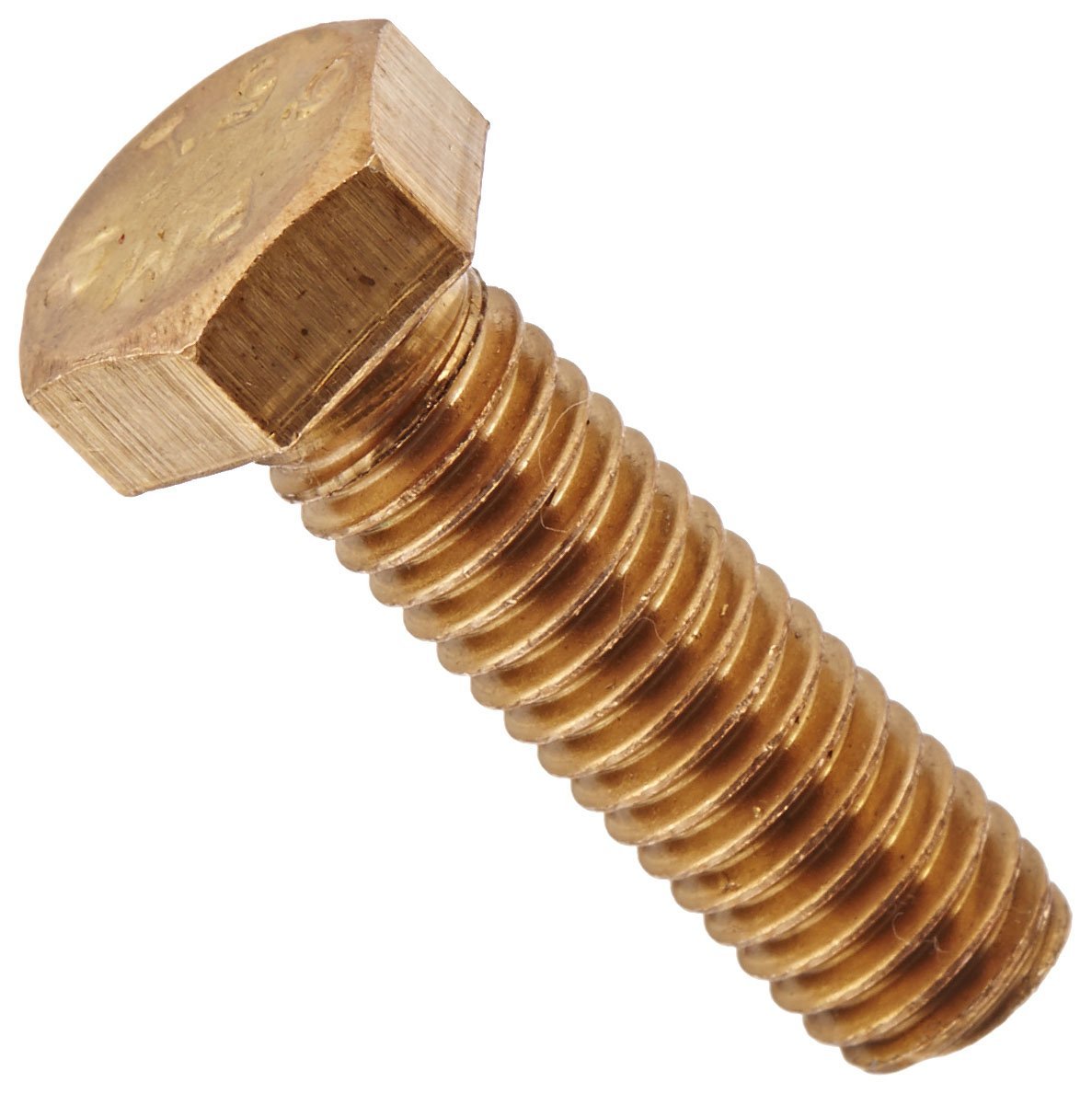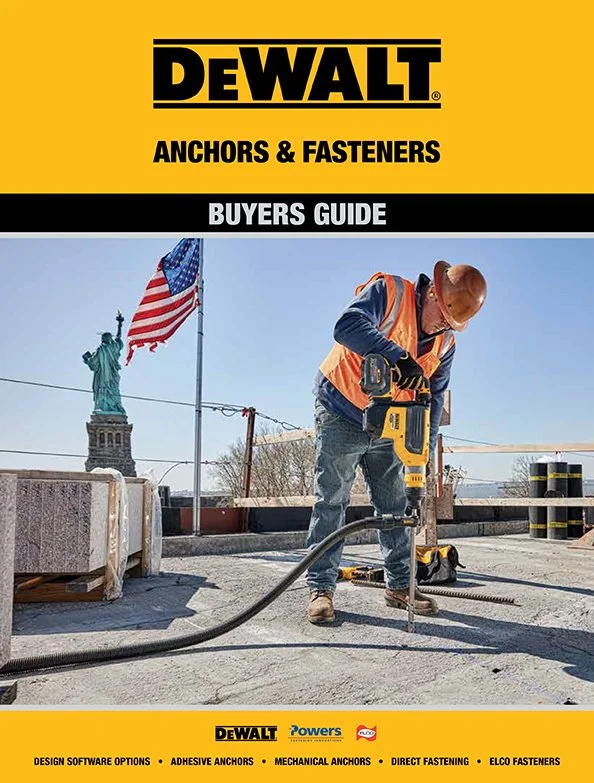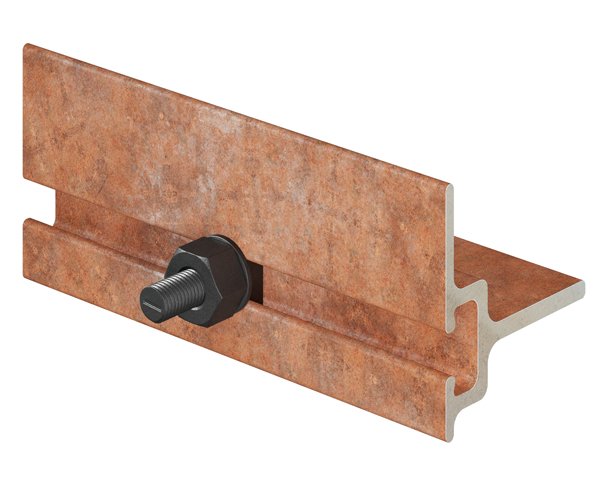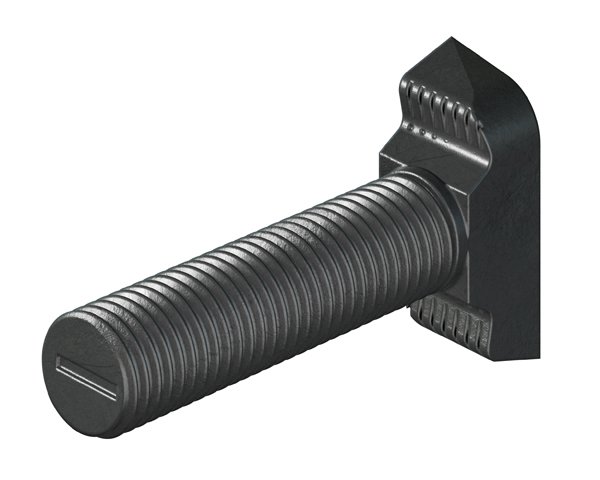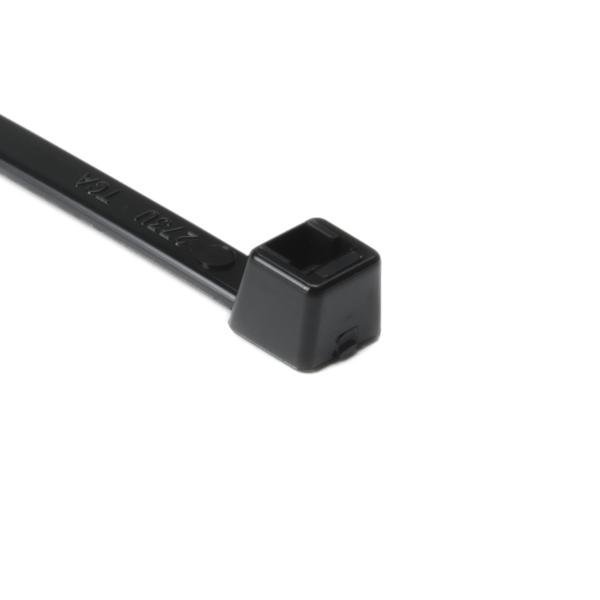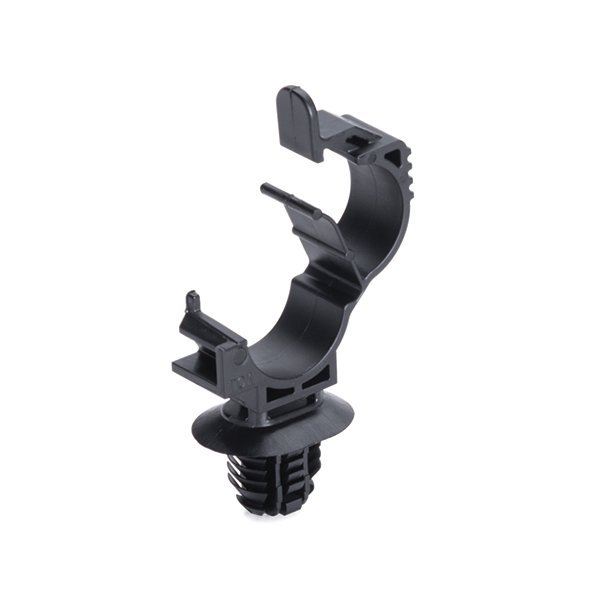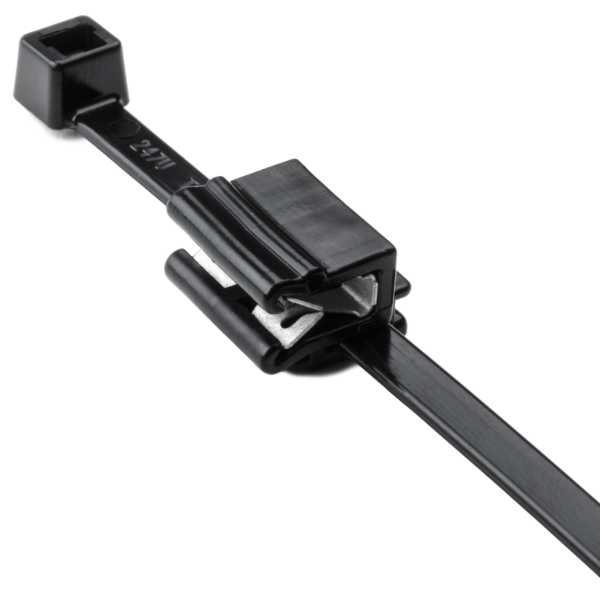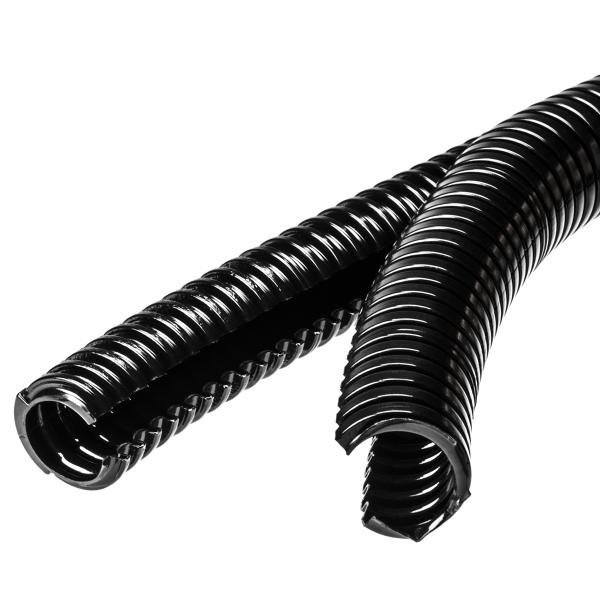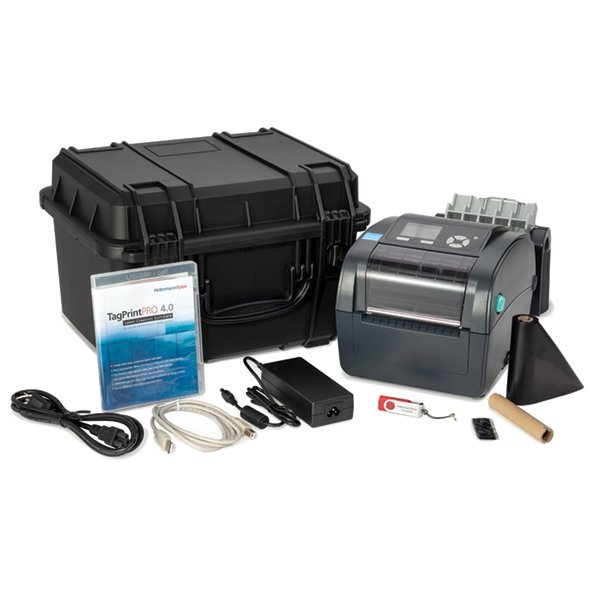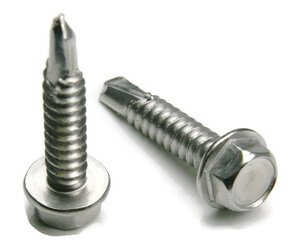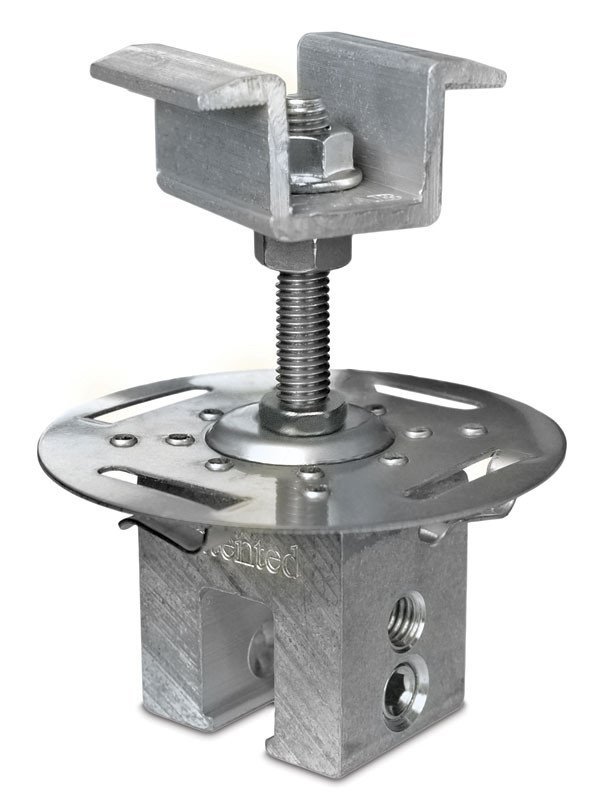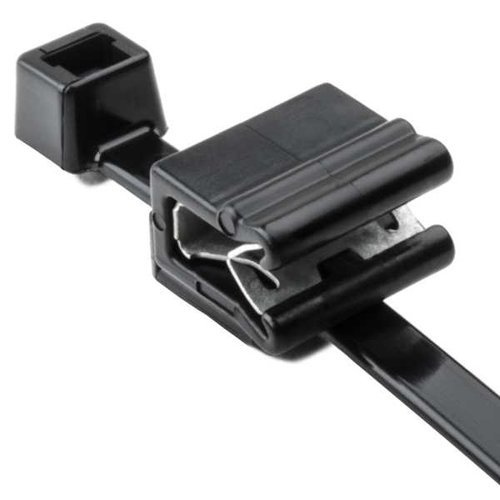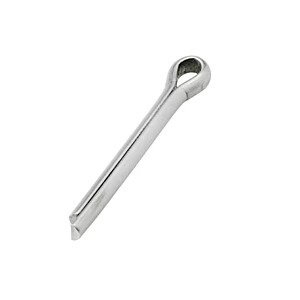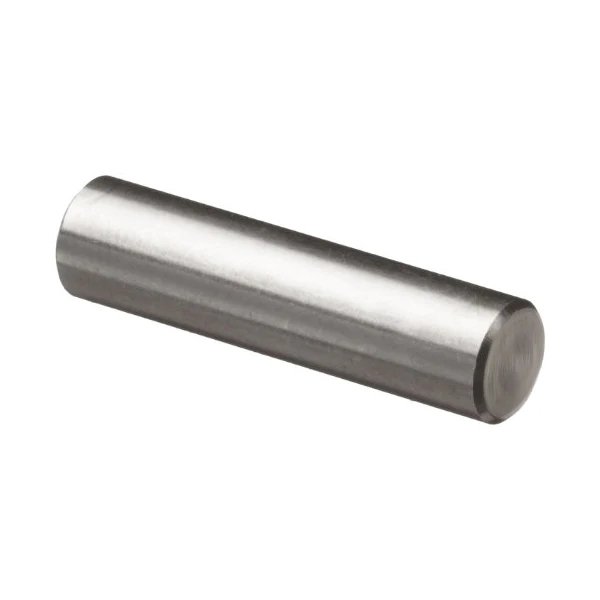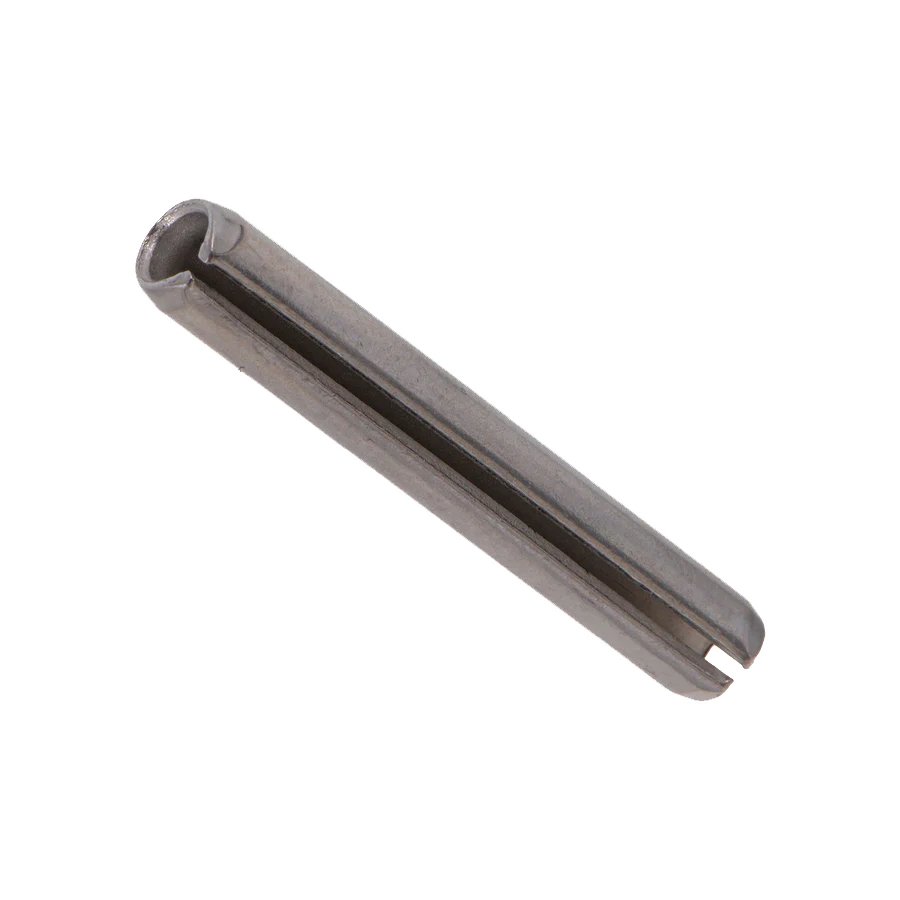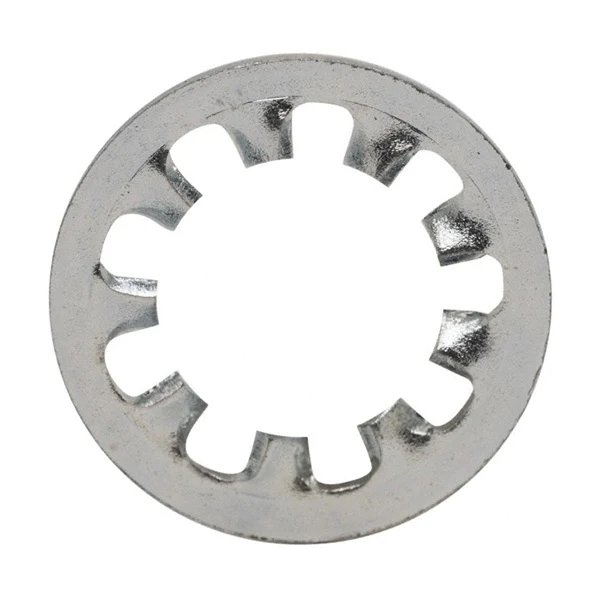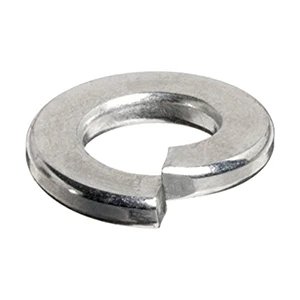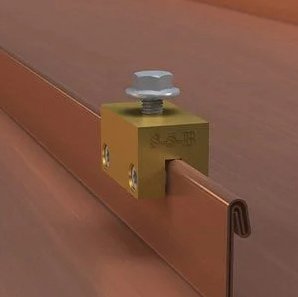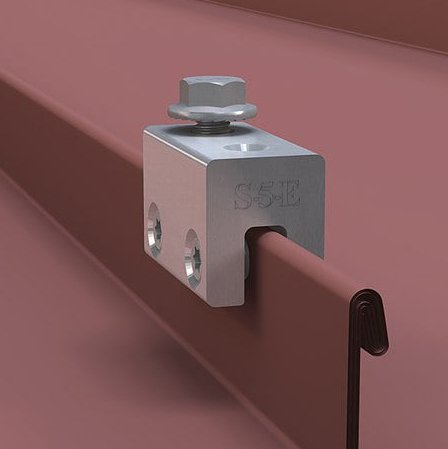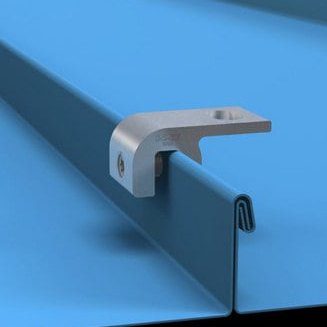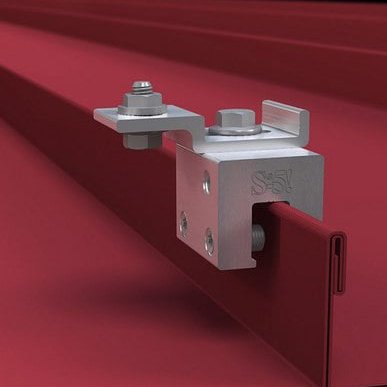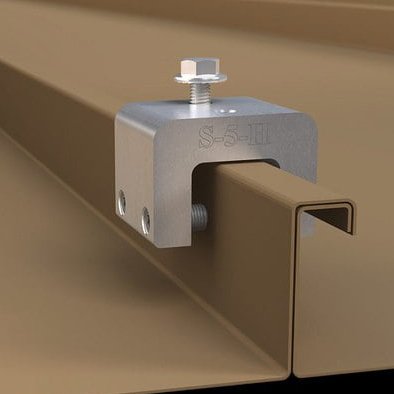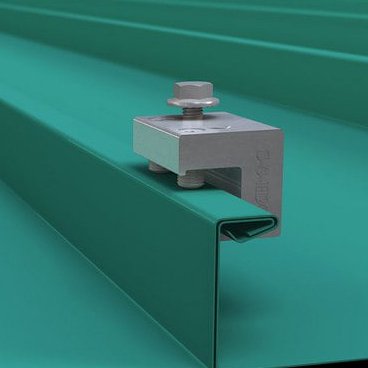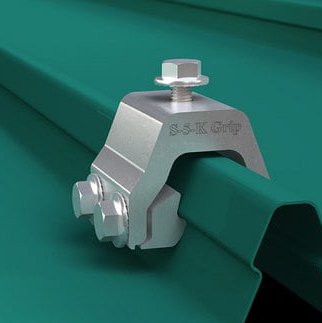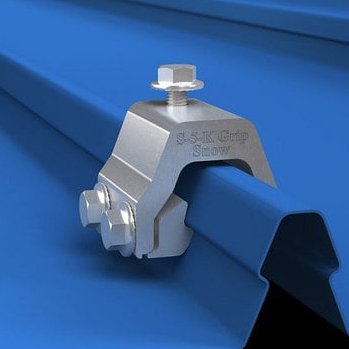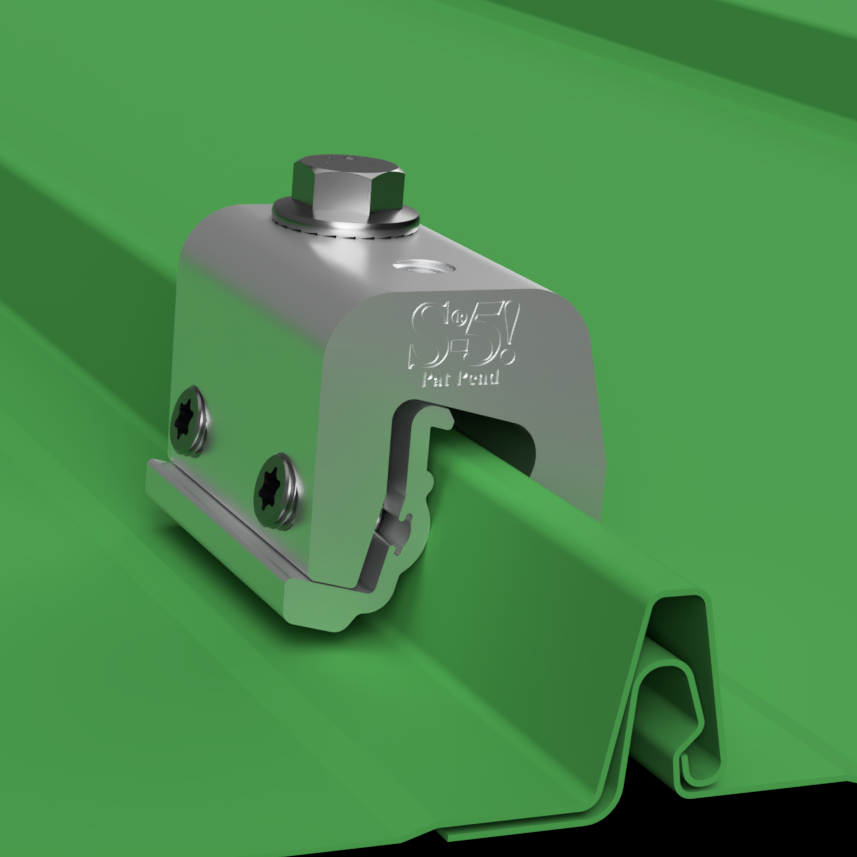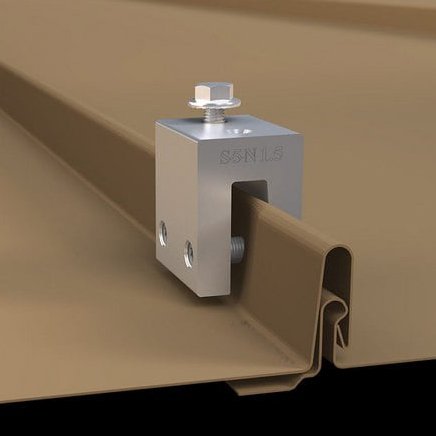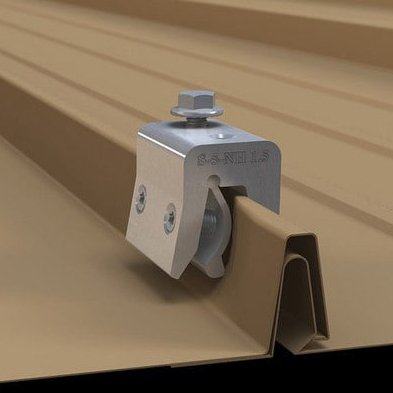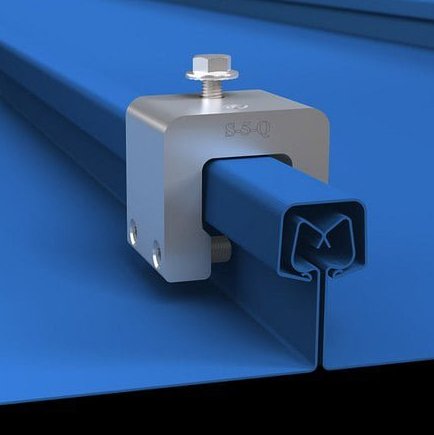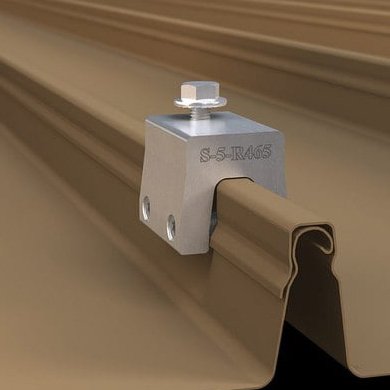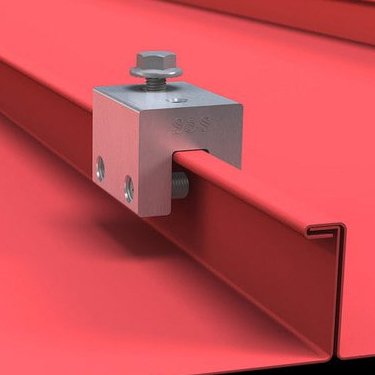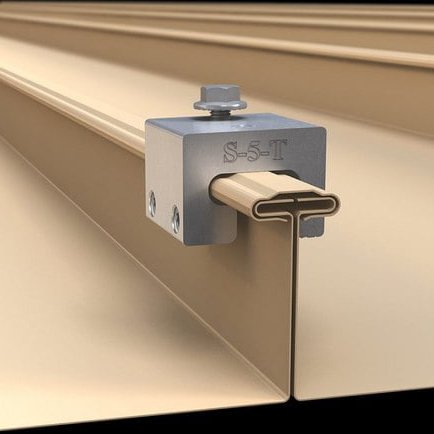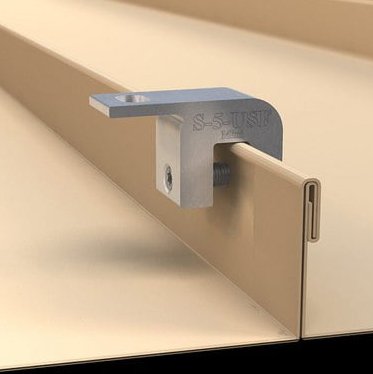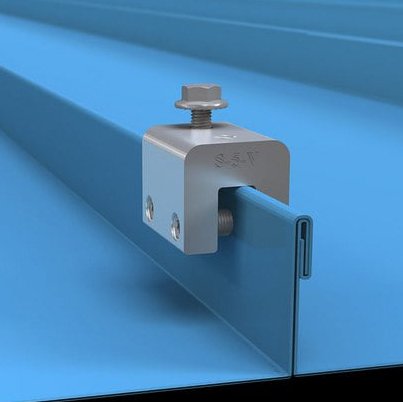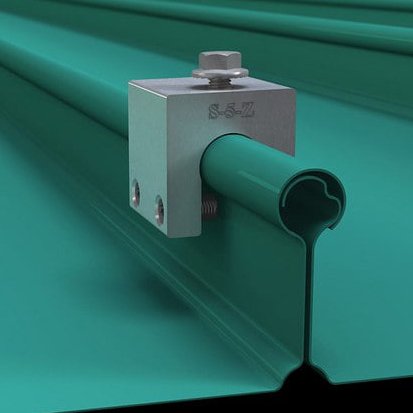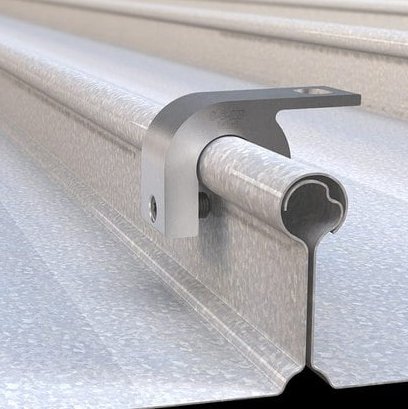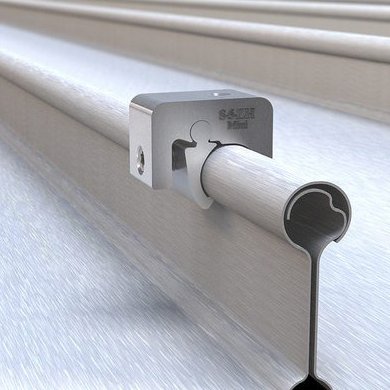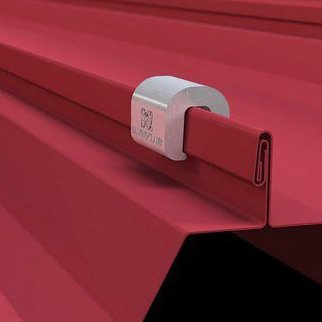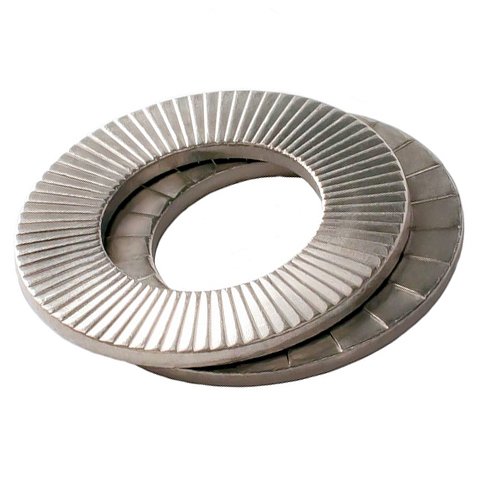Roost Systems Support Block
When it comes to selecting the right support block for your needs, it's crucial to consider factors like durability, versatility, and overall performance. Two popular options in the market are the Roost Systems Support Block and the Eaton Dura-Block. In this article, we'll explore why the Roost Systems Support Block is a better choice when compared to the Eaton Dura-Block.
Innovative Design
The Roost Systems Support Block boasts an innovative and ergonomic design that sets it apart from the competition. Its unique shape and adjustable features make it easy to adapt to various applications and environments. The Roost Systems Support Block is engineered with practicality in mind, allowing users to customize it according to their specific needs.
On the other hand, the Eaton Dura-Block, while a reliable option, lacks the same level of adaptability and user-friendly design. Its rigid structure can be limiting in certain situations, making it less versatile compared to the Roost Systems Support Block.
Durability
Durability is a primary concern when choosing a support block. The Roost Systems Support Block is built to withstand tough conditions and is made from high-quality materials that resist wear and tear. Its robust construction ensures that it can handle heavy loads and maintain its structural integrity over time.
In contrast, the Eaton Dura-Block, although durable, may not provide the same level of longevity as the Roost Systems Support Block. Its design may be susceptible to cracking or breaking under excessive pressure or prolonged use.
Weight and Portability
Portability is often a crucial factor, especially for those who need to transport support blocks to various job sites. The Roost Systems Support Block's lightweight design makes it easy to carry and move around as needed. Its compact form factor ensures that it doesn't add unnecessary bulk to your equipment.
The Eaton Dura-Block, however, is heavier and less convenient to transport. Its weight can make it cumbersome to handle, particularly when you need to move it frequently.
Customization Options
The Roost Systems Support Block offers a range of customization options to cater to different industries and applications. It comes in various sizes and configurations, allowing users to select the one that best suits their needs. This adaptability is a significant advantage, as it ensures that the support block can be tailored to specific projects.
The Eaton Dura-Block, while functional, may lack the same level of customization options. Its one-size-fits-all approach can be limiting in situations where a more tailored solution is required.
Competitive Pricing
When it comes to cost-effectiveness, the Roost Systems Support Block stands out as a competitively priced option. Its affordability, coupled with its durability and versatility, makes it a cost-effective choice for businesses and professionals alike.
While the Eaton Dura-Block offers reliability, it may come with a higher price tag that doesn't necessarily reflect the same level of adaptability and value provided by the Roost Systems Support Block.
In the battle of the support blocks, the Roost Systems Support Block emerges as the superior choice when compared to the Eaton Dura-Block. Its innovative design, durability, portability, customization options, and competitive pricing make it a standout option for those seeking a support block that truly meets their needs.
Whether you're a construction professional, an engineer, or someone in need of a versatile and reliable support block, the Roost Systems Support Block offers the features and benefits that set it apart as the preferred choice in the market. Make the smart choice and invest in a support block that will enhance your work and deliver long-term value—the Roost Systems Support Block.
For more information about the Roost Systems Support Block, shop online or contact Mudge Fasteners at (800) 634-0406.



